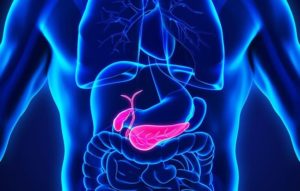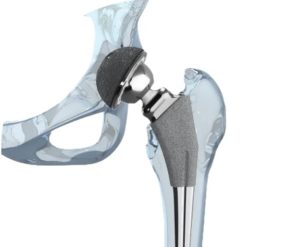What portion of driving crash fatalities would you think are caused by drunken driving?
One in 10? Surely more than that. One in five? That sounds possible. One in four? That’s a lot, but it sounds probable as well.
As a matter of fact, it’s more than one in three – a figure I think will surprise many people. According to 2009 statistics from the National Highway Traffic Safety Administration, 30,797 people were killed that year in vehicle crashes. Of those, 10,839 crashes involved a driver with a blood alcohol content of .08 or higher.
It is mind-boggling to me that the figure is so high, considering all the "Booze It And Lose It" ad campaigns, the penalties for DWI convictions, and the simple common sense I would expect people to develop about the danger of getting behind the wheel after – or while – drinking. The irrationality of this behavior illustrates the power of an addiction to alcohol and the loss of control that goes with it.
One of the recommended tactics to fight drunken driving is requiring ignition interlock systems for all DWI offenders.
Photo by Ignition Interlock of Corpus Christi
These statistics set the stage for an eye-opening report recently released by the Centers for Disease Control and Prevention. The report analyzed data from the 2010 Behavioral Risk Factor Surveillance System survey to estimate the prevalence, episodes, and rates of alcohol-impaired driving among U.S. adults age 18 or older. The BRFSS is a random-digit-dialed telephone survey that collected health-related information from all 50 states and the District of Columbia.
One question on the survey was “During the past 30 days, how many times have you driven when you’ve had perhaps too much to drink?"
In 2010, 1.8% of respondents reported at least one episode of alcohol-impaired driving in the past 30 days. It was estimated that the number represents four million adults reporting an estimated 112,116,000 episodes of alcohol-impaired driving in the United States for the year.
Sixty percent of those who reported driving while impaired said they had done it once in the past 30 days. But – and this is scary – some said they drove while impaired every day.
There was a kernel of good news to be found in the report. The numbers from 2010 were lowest percentage of drinking drivers and lowest number of episodes reported since 1993. And it was a decline in alcohol-impaired driving episodes since the peak in 2006, 30%, down from 161 million.
The alcohol-impaired driving numbers were broken down into categories such as gender, age, race/ethnicity, education level, marital status, household income, number of binge drinking episodes per month, seatbelt use, and Census region.
Interestingly, the Midwest Census region had the highest annual rate of alcohol-impaired driving episodes at 643 per 1,000 population, which was significantly higher than the rates in all other regions. The Midwest also had the highest prevalence of binge drinking at 16.5%, which was significantly higher than the prevalence in the Northeast (15.1%), West (14.3%), or South (12.6%).
The report also offered some conclusions and comments. The most significant observation was that strategies to reduce drunken driving are under-used in the United States.
Some measures the CDC recommended to reduce drunken driving include more sobriety checkpoints, stronger enforcement of blood-alcohol-content laws and legal-drinking-age laws, and ignition interlock programs for all convicted alcohol-impaired driving offenders. To reduce binge drinking, it also recommended increasing alcohol taxes, regulating alcohol outlet density, and stronger enforcement of dram shop laws, which hold alcohol sellers legally responsible for injuries caused by serving alcohol to minors or visibly intoxicated customers.
The report does acknowledge that progress has been made in reducing impaired driving. But one in three deadly auto accidents still caused by alcohol? We’re obviously a long way from where we need to be on this problem, and the CDC’s suggested solutions should be implemented as quickly as possible.










Comments for this article are closed.